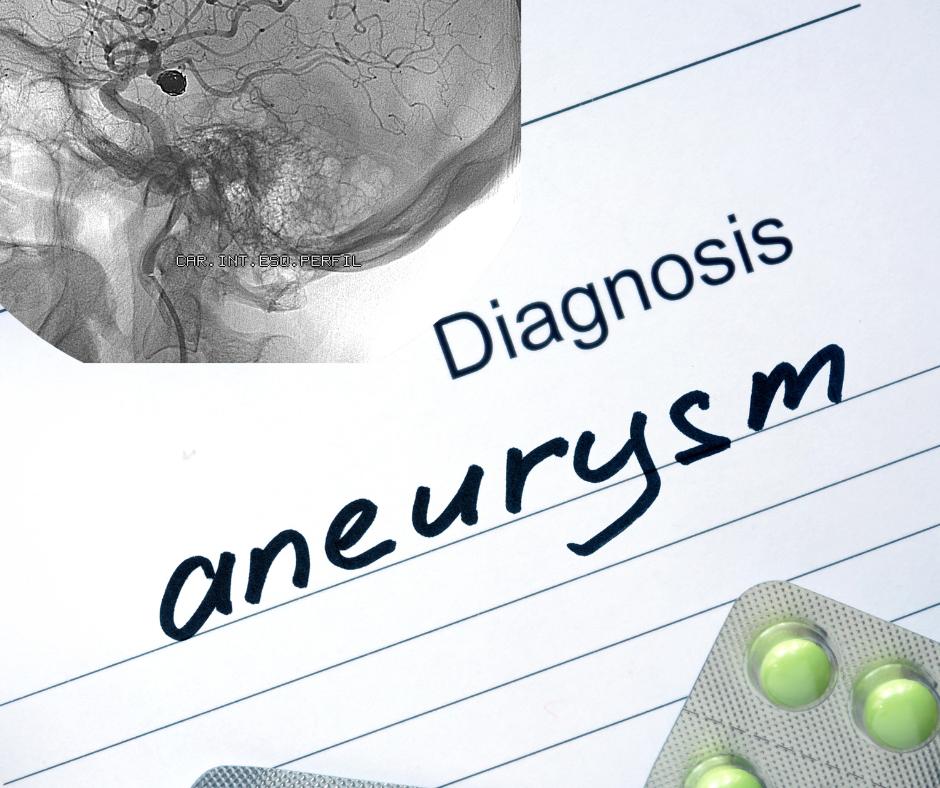An aneurysm, a term that strikes concern for many, is a bulge or ballooning in the wall of an artery. Arteries, the blood vessels that carry oxygen-rich blood from the heart to the rest of the body, when weakened, can swell under pressure, forming an aneurysm. This condition can occur in any part of the body, but it’s most commonly found in the brain (cerebral aneurysm) and the aorta, the body’s main artery (aortic aneurysm).

Aneurysms
Types of Aneurysms
Aneurysms are classified based on their location and shape. The two main types are:
- Aortic Aneurysms: Occurring in the aorta, these can be abdominal aortic aneurysms (located in the part of the aorta passing through the abdomen) or thoracic aortic aneurysms (found in the chest area).
- Cerebral Aneurysms: Also known as brain aneurysms, these form in the arteries supplying blood to the brain.
The shape and size of an aneurysm can vary. Saccular aneurysms, spherical in shape and involving only a portion of the artery wall, contrast with fusiform aneurysms, which involve the entire circumference of the artery.
Causes and Risk Factors
The exact cause of aneurysms is often unclear, but several factors can increase the risk of developing one:
- High blood pressure: Increases the stress on artery walls, potentially leading to an aneurysm.
- Smoking: Significantly raises the risk of aneurysms.
- Genetic factors: Family history of aneurysms can increase susceptibility.
- Age and Gender: Aortic aneurysms are more common in men and older adults, while cerebral aneurysms are slightly more prevalent in women.
Other risk factors include high cholesterol, obesity, and conditions like connective tissue disorders that weaken artery walls.
Symptoms and Complications
Many aneurysms remain asymptomatic until they rupture, making them particularly dangerous. Symptoms, when present, depend on the aneurysm’s location and size. For example, an abdominal aortic aneurysm may cause deep, constant pain in the abdomen or back, while a cerebral aneurysm may lead to localized headache, blurred vision, or changes in speech before it bursts.
Ruptured aneurysms can lead to life-threatening internal bleeding. A ruptured cerebral aneurysm, known as a subarachnoid hemorrhage, requires immediate medical attention and can result in stroke, coma, or death.
Diagnosis and Treatment
Diagnosis of aneurysms often involves imaging tests such as ultrasound, CT scans, or MRIs. Once diagnosed, the treatment depends on the size, location, and risk of rupture. Small, unruptured aneurysms may be monitored over time, while larger or symptomatic aneurysms may require surgical intervention. Surgical options include endovascular repair, a less invasive procedure using coils or stents, and open surgery, which involves removing the aneurysm or reinforcing the artery wall.
Prevention and Management
While you can’t always prevent an aneurysm, you can reduce your risk by managing blood pressure, quitting smoking, maintaining a healthy weight, and monitoring cholesterol levels. Regular check-ups are crucial for those with a family history of aneurysms or known risk factors.
An aneurysm represents a serious medical condition that, when undetected, can lead to catastrophic consequences. Awareness, lifestyle management, and regular medical screenings are vital components in preventing its complications. Advances in medical science offer promising treatments, significantly improving outcomes for those affected.

